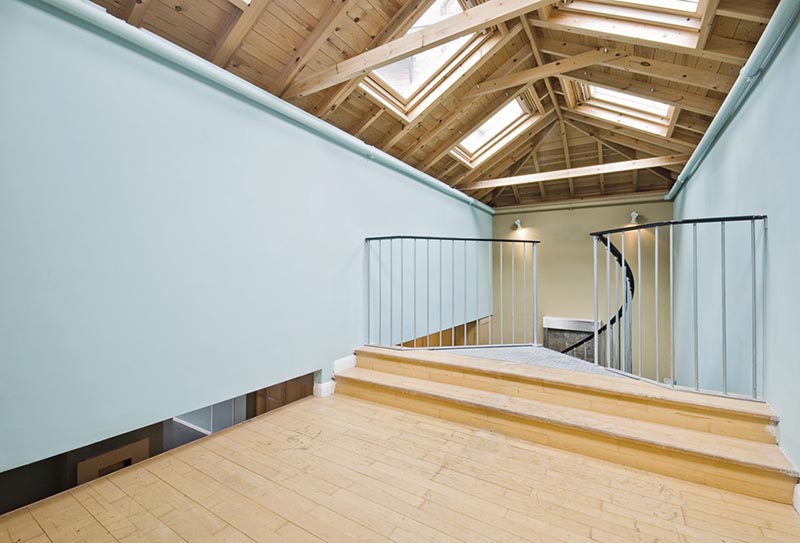Approved Trader
Fitted Roof Windows
No obligation free quotes for fitted sky lights and roof windows
Air Conditioning
Services
We are here when you need us to service both your residential and comercial properties.
Find a local trader and receive competitive FREE quotes? Whether you're looking for double glazing, to build a conservatory or in need of a builder to construct a home extension, we can help you find approved traders from your local area
Type of Roof Windows
- Pivot window
- Panoramic projection window
- Fixed window for canopy
- Vertical angle glass window
- Balcony window
- Additional rounded window.
Each window is available in alternative versions depending glazing performance levels in terms of thermal, acoustic and resistance to burglary. The fittings are necessary for installation to ensure tightness. The connection must be chosen according to the roofing material component roofing (tile, slate, etc.) However, there is a choice between a standard connector and built-in connector that aligns the window almost bare of cover material.
Roof windows? Not without insulation around!
When thinking thermal insulation of roof windows', we think most often to the performance of the profile of the interlayer and glazing. However, the continuity between the thermal insulation of the roof panel and the window itself member also constitutes a crucial detail to manage.
Current requirements on energy performance have prompted producers, contractors and specifiers to revise their design detail edges of roof windows in both new and renovation construction. To limit the existing thermal bridges between the window and the structure bearing, manufacturers now offer prefabricated insulating edges - usually polystyrene - specific to their products. These frames are assembled on site just prior to insertion of the window into the headers. These solutions 'ready-to-place' with an undeniable interest from the point of view of the energy performance of all and a certain ease of installation. They are available for both installation windows 'classic' than for flush mounting windows. From a purely energy point of view, depth of insertion of the frame into the plane of roof can affect the constructive node. The recessed installation called guarantees, in fact, greater continuity of insulation between the window frame and the roof panel. Project authors are also often fond of this configuration because it ensures flatness of the roof panel, while limiting the right of projections windows. However, the process has limitations. When the installation depth of the window is larger, the flow of runoff water and blocking the ingress of powder snow, dust and wind, are manageable through specific measures:
The disadvantage of this system may, however, reside in the choice of insulating material (generally wood fiber): it is both stiffer and less good insulator as polystyrene. Therefore, it is sometimes more difficult to insert and adjust the roof window (especially when the trimmer is not square). The different formulas therefore have their advantages and disadvantages. From a purely thermal point of view, a detailed calculation of the temperature factor ƒ and linear thermal transmittance ? e compares the different constructive solutions. According to the compositions, constructive node will be more or less efficient. When reading the results, we can see how it is important to provide insulation around during installation of roof windows: in the case of the first scheme, the Calculations show that the temperature factor is much less than 0.7. Significant risk of condensation and mold growth are expected in line with this type of connection.

Find a local trader and receive competitive FREE quotes?
The roof window or sky light has been hugely popular for many years. Its use has increased with the development of the attic conversion, helping transform an attic into a livable area bringing light and air, while maintaining the waterproofing of the roof.
A technical and aesthetic complete product
A roof window requires technical expertise due to its exposure to the elements and its function as a roof element. It must therefore be waterproof but also to integrate into the line of the roof. From the inside, it is a finished product capable of receiving blackout blinds, sun protection and decoration. It can also support electric shutters.Type of Roof Windows
- Pivot window
- Panoramic projection window
- Fixed window for canopy
- Vertical angle glass window
- Balcony window
- Additional rounded window.
Each window is available in alternative versions depending glazing performance levels in terms of thermal, acoustic and resistance to burglary. The fittings are necessary for installation to ensure tightness. The connection must be chosen according to the roofing material component roofing (tile, slate, etc.) However, there is a choice between a standard connector and built-in connector that aligns the window almost bare of cover material.
Exterior Protection:
Roller shutter and sunshade awning. Interior equipment of comfort and decoration: Store total dimming, mosquito net, decorative frames with a variety of colors.Roof windows? Not without insulation around!
When thinking thermal insulation of roof windows', we think most often to the performance of the profile of the interlayer and glazing. However, the continuity between the thermal insulation of the roof panel and the window itself member also constitutes a crucial detail to manage.
Current requirements on energy performance have prompted producers, contractors and specifiers to revise their design detail edges of roof windows in both new and renovation construction. To limit the existing thermal bridges between the window and the structure bearing, manufacturers now offer prefabricated insulating edges - usually polystyrene - specific to their products. These frames are assembled on site just prior to insertion of the window into the headers. These solutions 'ready-to-place' with an undeniable interest from the point of view of the energy performance of all and a certain ease of installation. They are available for both installation windows 'classic' than for flush mounting windows. From a purely energy point of view, depth of insertion of the frame into the plane of roof can affect the constructive node. The recessed installation called guarantees, in fact, greater continuity of insulation between the window frame and the roof panel. Project authors are also often fond of this configuration because it ensures flatness of the roof panel, while limiting the right of projections windows. However, the process has limitations. When the installation depth of the window is larger, the flow of runoff water and blocking the ingress of powder snow, dust and wind, are manageable through specific measures:
The disadvantage of this system may, however, reside in the choice of insulating material (generally wood fiber): it is both stiffer and less good insulator as polystyrene. Therefore, it is sometimes more difficult to insert and adjust the roof window (especially when the trimmer is not square). The different formulas therefore have their advantages and disadvantages. From a purely thermal point of view, a detailed calculation of the temperature factor ƒ and linear thermal transmittance ? e compares the different constructive solutions. According to the compositions, constructive node will be more or less efficient. When reading the results, we can see how it is important to provide insulation around during installation of roof windows: in the case of the first scheme, the Calculations show that the temperature factor is much less than 0.7. Significant risk of condensation and mold growth are expected in line with this type of connection.



